Reviewed by Julianne Ngirngir
After testing the Google Pixel 10 for a full week, I've found myself genuinely impressed by what Google has accomplished with their latest AI-powered smartphone. When I first heard about the $800 price tag, I'll admit I was skeptical—previous AI features often felt more like marketing gimmicks than practical tools. But after seven days of real-world testing, the Pixel 10 represents something I haven't seen before: AI integration that actually enhances your daily phone experience.
The combination of Google's new Tensor G5 chip with 16GB of RAM on the Pro models creates a foundation that finally delivers on the promise of seamless AI integration. The 34% faster CPU performance compared to the Tensor G4 translates into genuinely useful real-world experiences that go beyond raw benchmark numbers.
Why the AI integration finally feels worth it
Here's what sets the Pixel 10 apart: Google's approach focuses on practical applications that solve real problems rather than overwhelming you with features you'll forget about after the first week. The Gemini Nano AI utility handles image recognition and audio transcription without a cloud connection, which means faster processing and better privacy protection—two things that actually matter in daily use.
Magic Cue proved to be the standout feature that changed how I interact with my phone. Instead of just reacting to commands, it proactively suggests relevant information based on context—whether I was planning dinner or trying to remember where I parked. This contextual awareness comes from the on-device AI processing, making suggestions feel natural rather than intrusive.
The Camera Coach feature represents Google's more thoughtful approach to AI enhancement. Rather than automatically "fixing" your photos (which often results in over-processed images), it offers suggestions on composition for photography while you're actually taking the shot. It's like having a photography instructor guide you toward better skills rather than relying solely on computational fixes.
What impressed me most was the Auto Best Take feature automatically finds and combines similar group photos where everyone looks their best. During family gatherings, it eliminated that frustrating moment when someone inevitably blinks in an otherwise perfect shot. The feature works seamlessly in the background—no extra steps or complicated menus to navigate.
Hardware upgrades that actually matter
The hardware improvements might seem incremental on paper, but they add up to a noticeably better user experience. The 6.3-inch display with brightness levels up to 3,000 nits peak transforms outdoor visibility. I found myself able to use the phone comfortably even in direct sunlight—something that was previously a real struggle with older Pixel models.
The camera system represents the biggest hardware leap for the base Pixel model. For the first time, the standard Pixel 10 gets a triple-camera setup, including a telephoto lens. The 48MP main camera with OIS, 13MP ultra-wide, and 10.8MP telephoto with 5x optical zoom gives you significantly more versatility than previous base models.
The telephoto lens opened up entirely new photographic possibilities. From capturing distant architectural details without losing sharpness to getting better portraits without crowding subjects, the 5x optical zoom proved invaluable in situations where I would have previously settled for digital zoom degradation. The optical image stabilization works remarkably well—I consistently got sharp shots at full zoom even in challenging conditions.
Battery performance has seen meaningful improvements with real-world impact. The 4,970mAh battery can last over 30 hours on a single charge, and I consistently made it through full days of heavy use with power to spare. The addition of Pixelsnap magnetic wireless charging using the Qi2 standard adds convenience, though I do wish Google had included a magnetic charger in the box.
The software experience that sets it apart
This is where the Pixel 10 truly shines: the integration between software and AI capabilities. Shipping with Android 16 and guaranteed seven years of OS and security updates, the Pixel 10 offers longevity that rivals Apple's iPhone support cycle. But it's the seamless day-to-day experience that really impressed me.
The Voice Translate feature can translate spoken conversations in real-time during calls, all processed on-device for privacy. I tested this with a Spanish-speaking colleague, and while not perfect, it was remarkably accurate for basic conversations. The satellite calling support through WhatsApp adds a safety net for emergency situations—something I couldn't fully test during my review period, but it's reassuring to know it's there.
These AI features enhance the core Android experience in subtle but meaningful ways rather than feeling like separate apps or modes. The phone learns your patterns and preferences without being intrusive, offering helpful suggestions without overwhelming you with notifications. It's thoughtful implementation that makes you wonder why other manufacturers haven't figured this out yet.
Is the $800 price tag justified?
Bottom line: yes, the Pixel 10 finally delivers on Google's AI phone promise in a way that feels worth the investment. At $800, it's positioned competitively against other flagship phones while offering unique AI capabilities you won't find elsewhere. Compared to the iPhone 15 at $799 and Samsung Galaxy S24 at $799, the Pixel 10 provides comparable flagship features with superior AI integration.
The combination of improved hardware, genuinely useful AI features, and Google's commitment to long-term software support creates a compelling package that justifies its position in the premium smartphone market.
The Pixel 10 isn't perfect—I'd love to see faster charging speeds and the magnetic charger included in the box—but it represents a meaningful step forward in smartphone AI integration. After years of AI features that felt more like tech demos than practical tools, Google has created something that actually enhances how you use your phone daily.
For anyone considering an upgrade from an older Android device or looking to switch from iOS, the Pixel 10 makes a strong case for Google's vision of AI-powered mobile computing. It's not just about having the latest technology—it's about having technology that works for you in ways that feel natural and genuinely helpful.




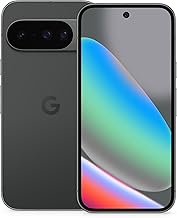


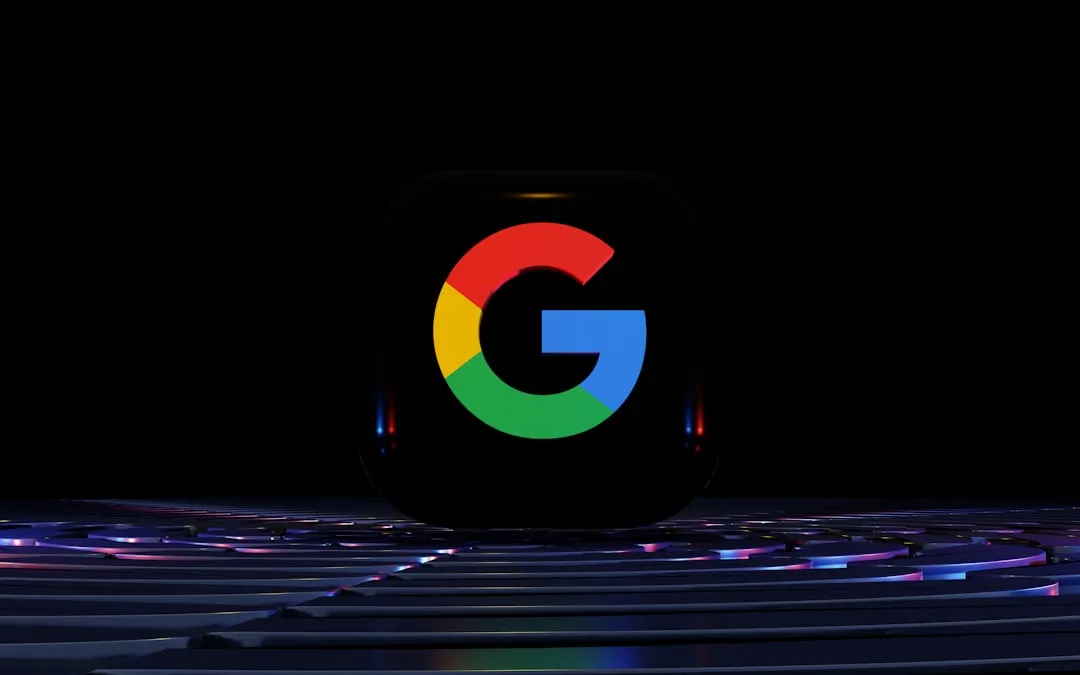






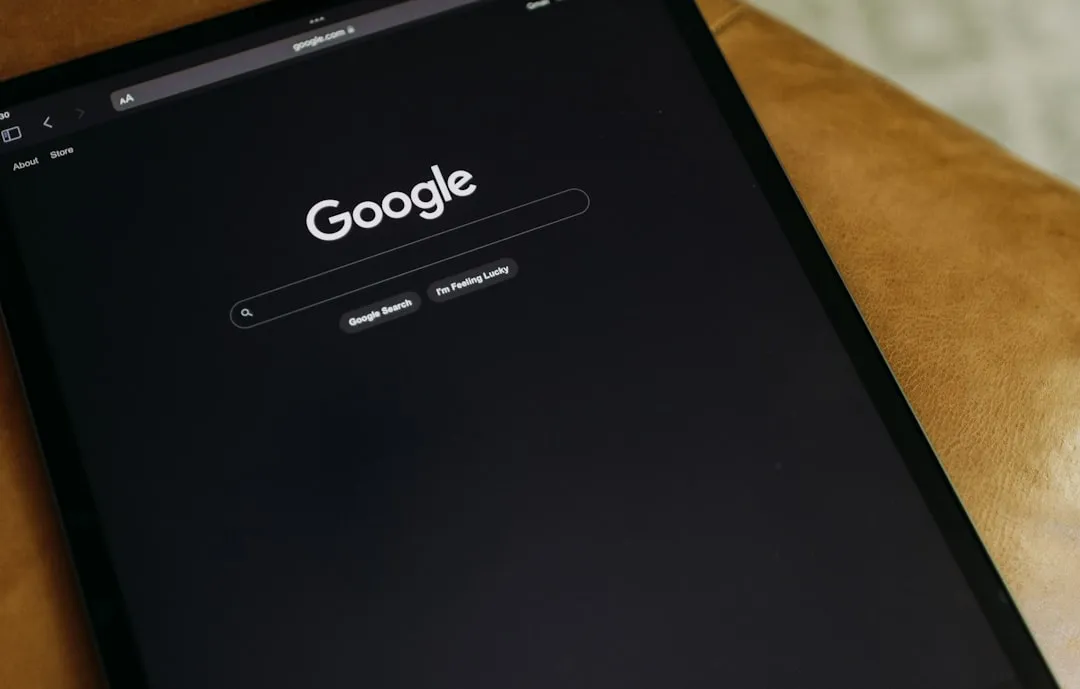
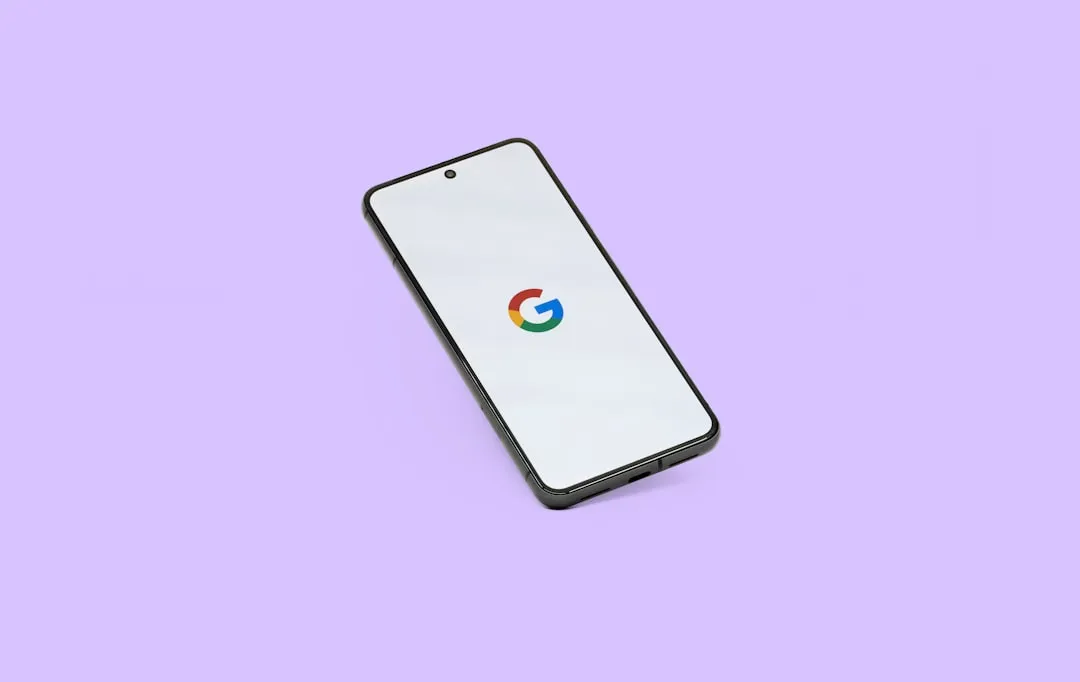
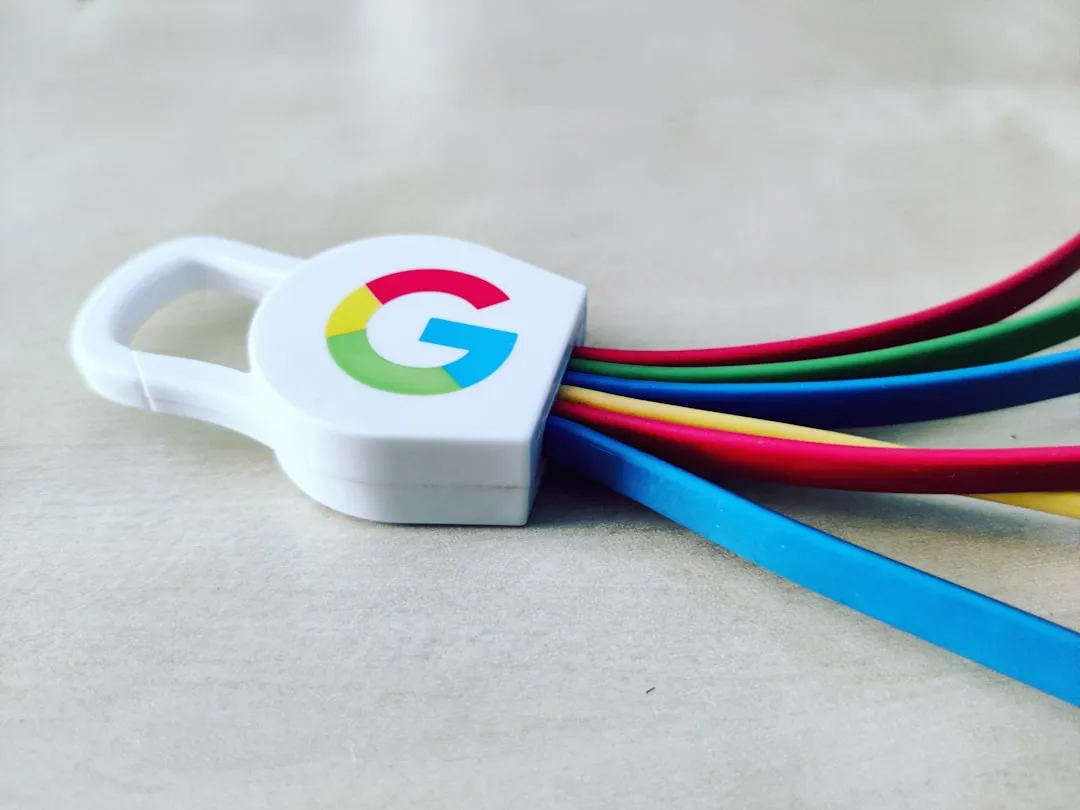
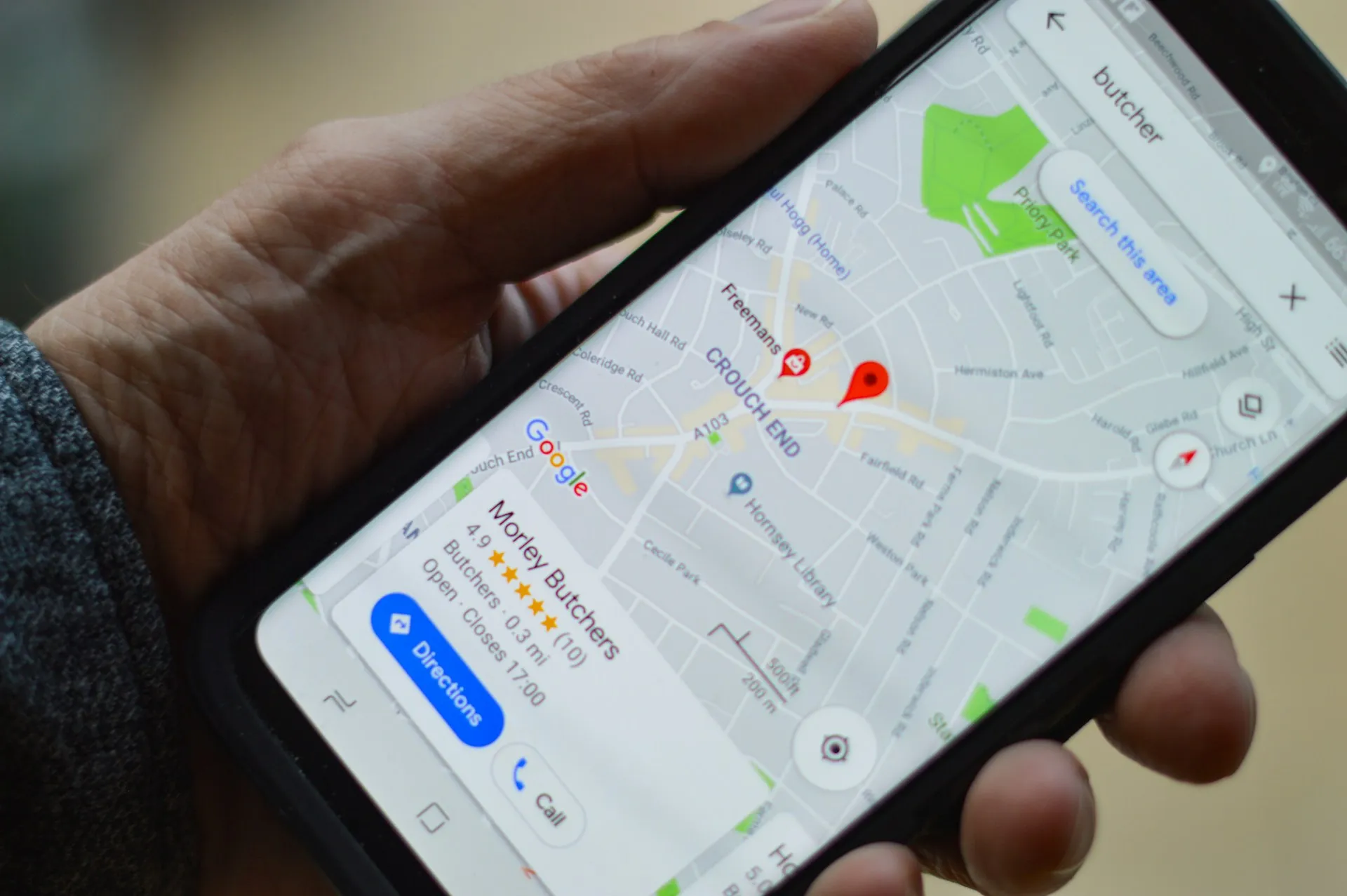
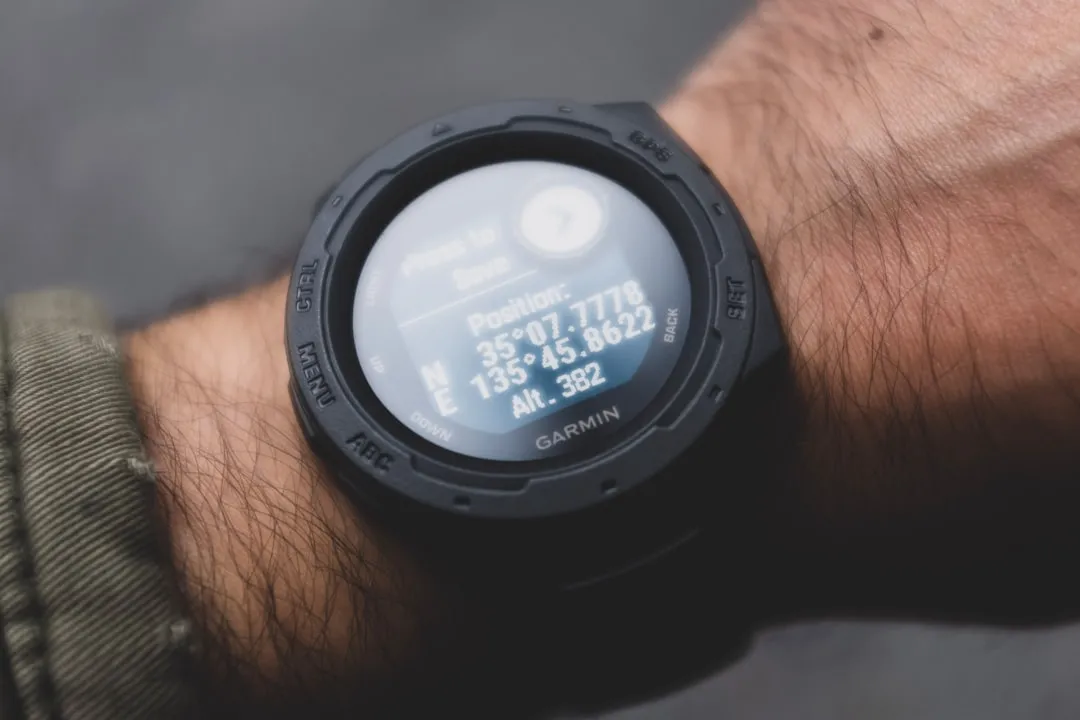


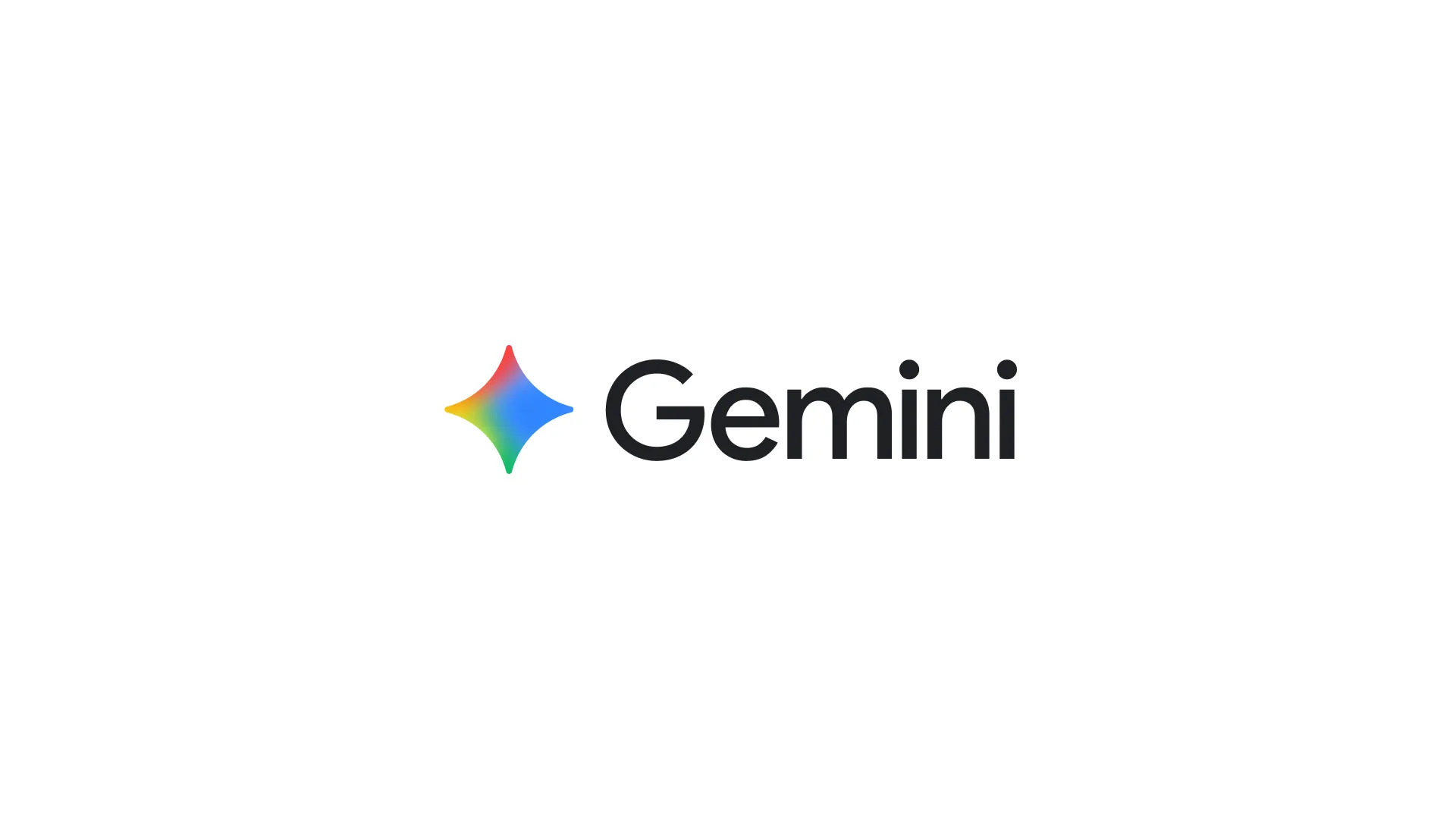
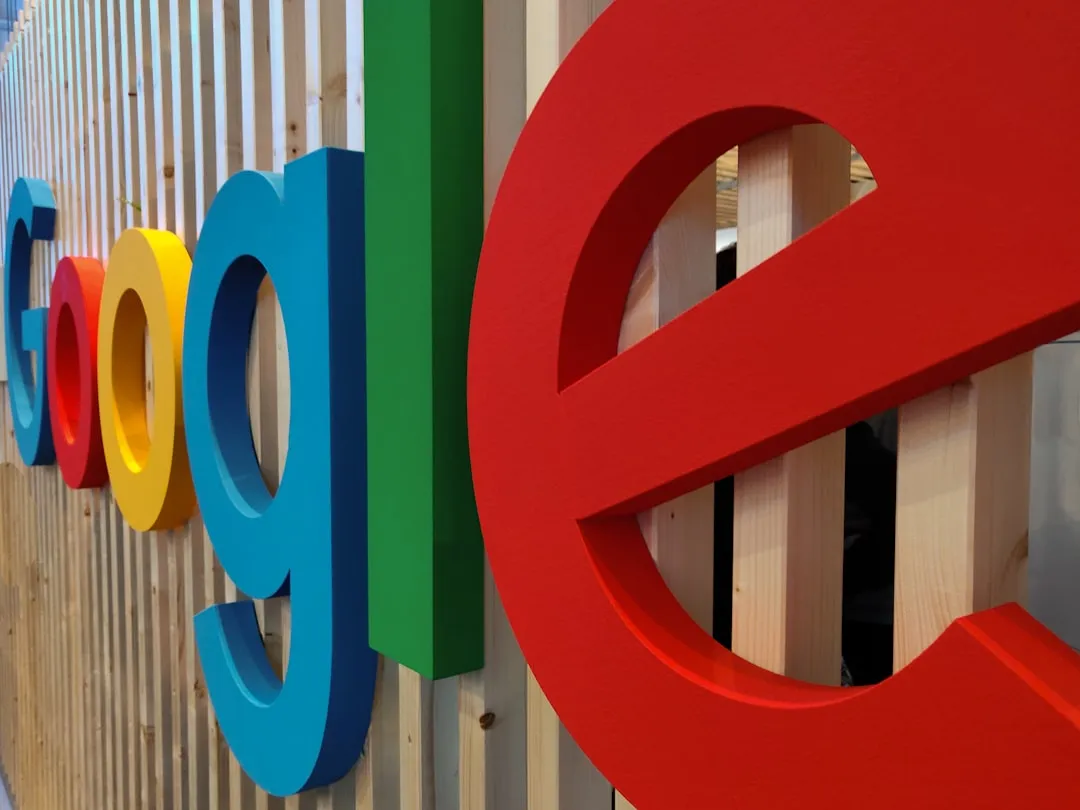
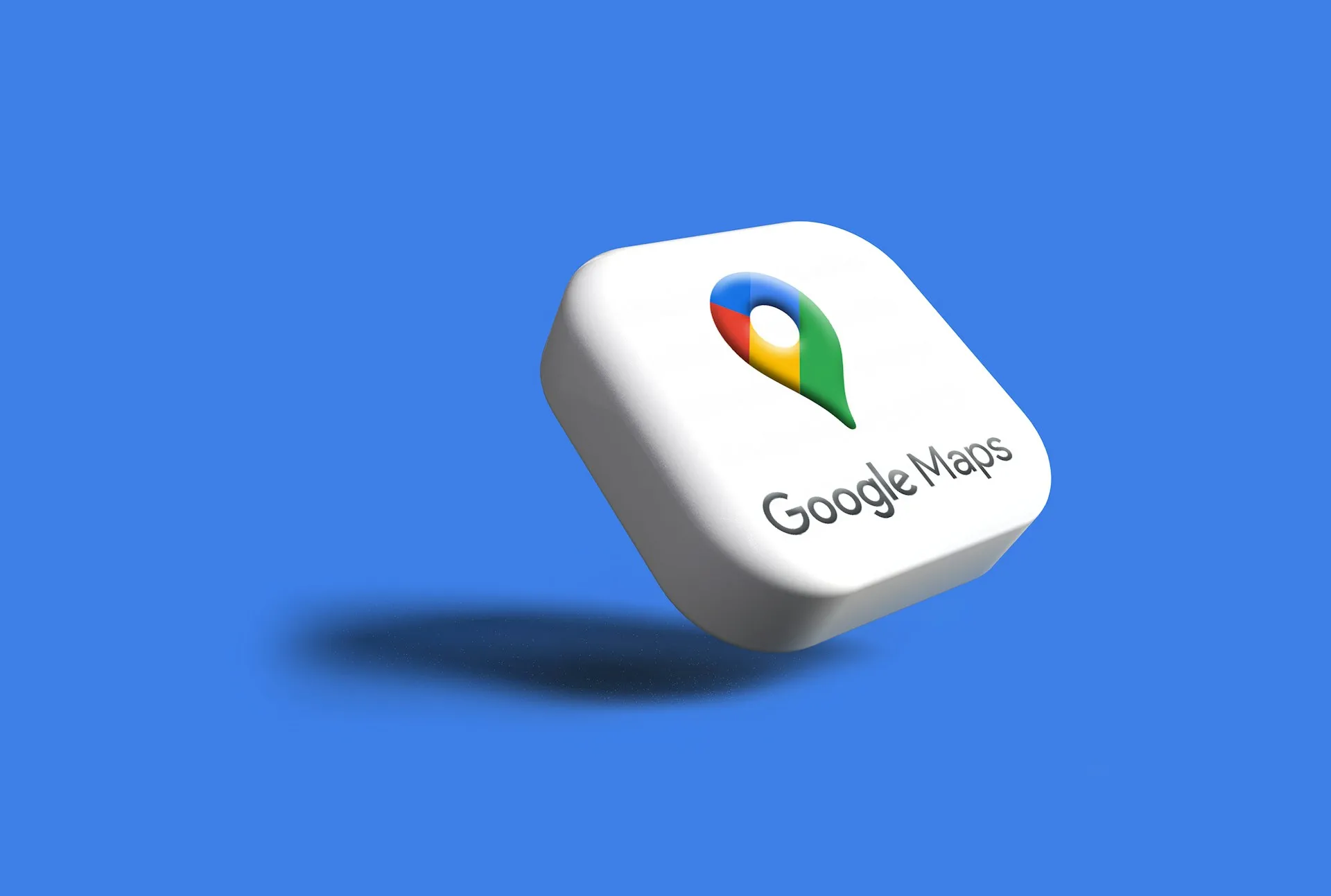
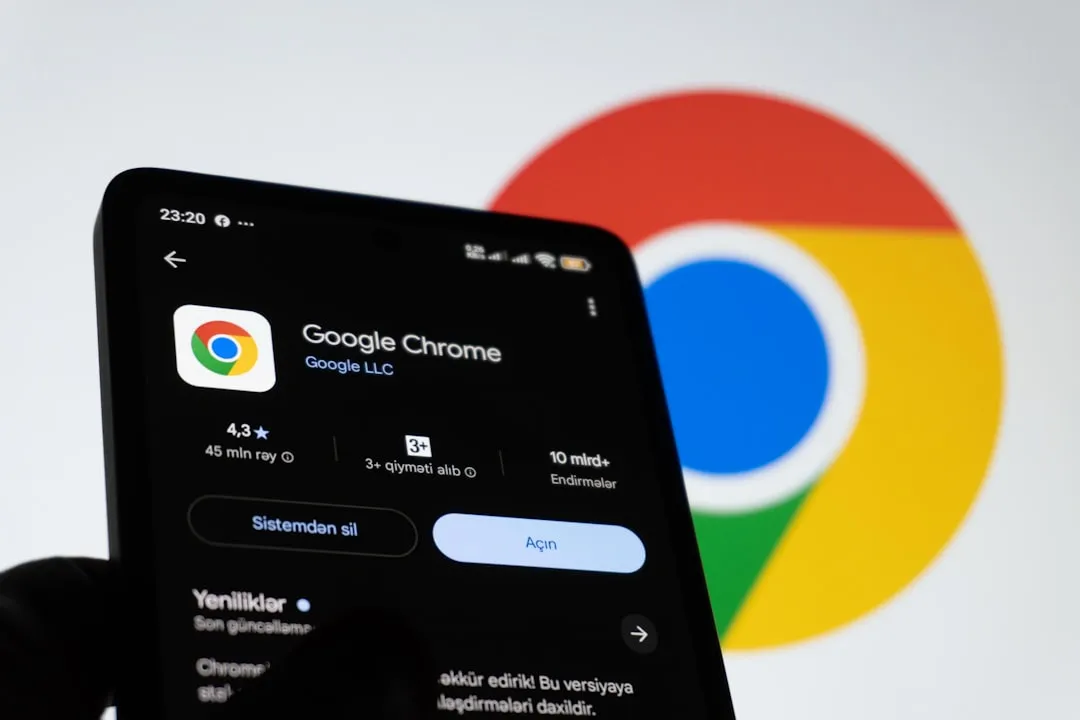

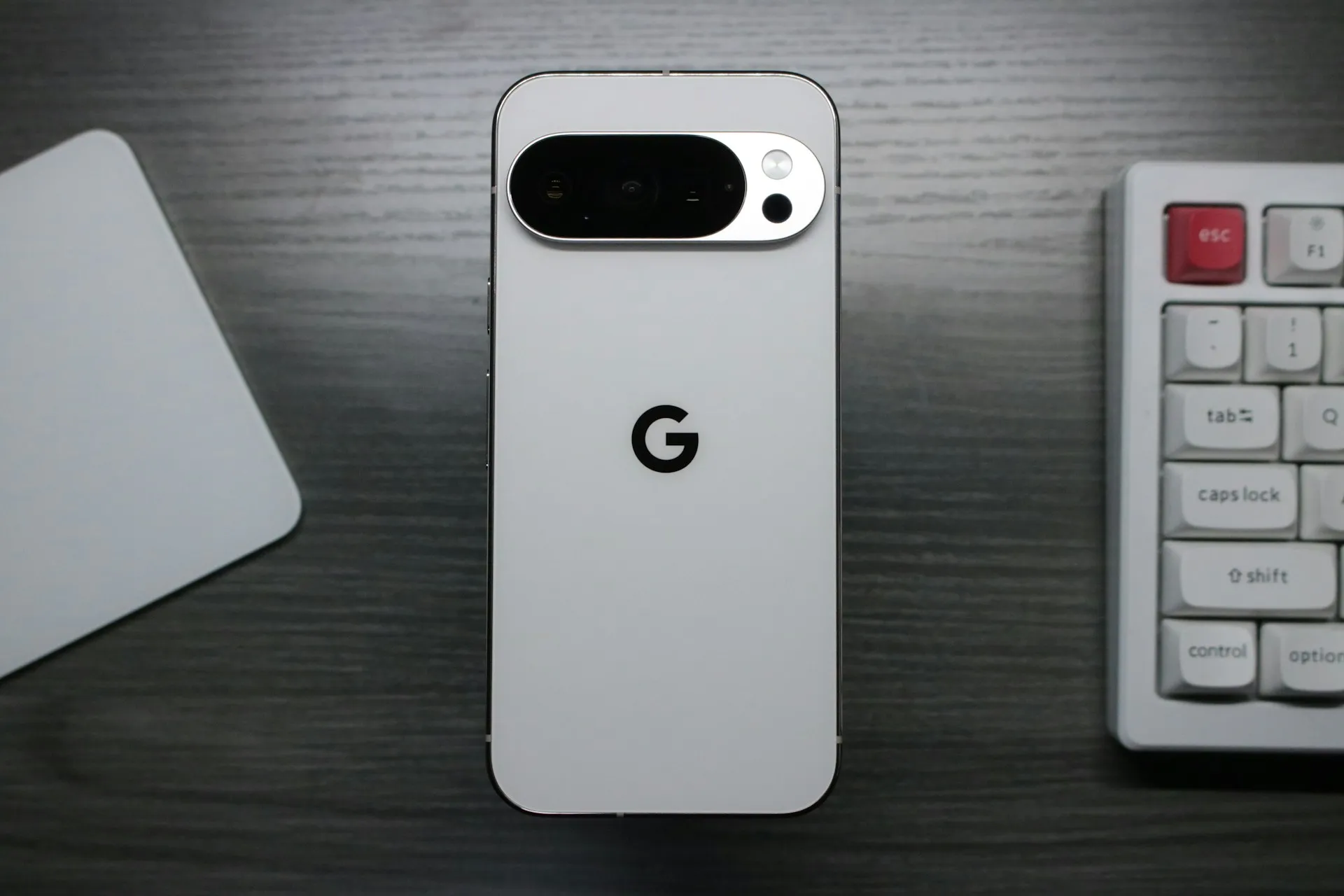
Comments
Be the first, drop a comment!